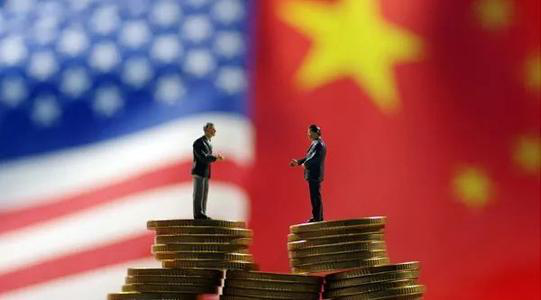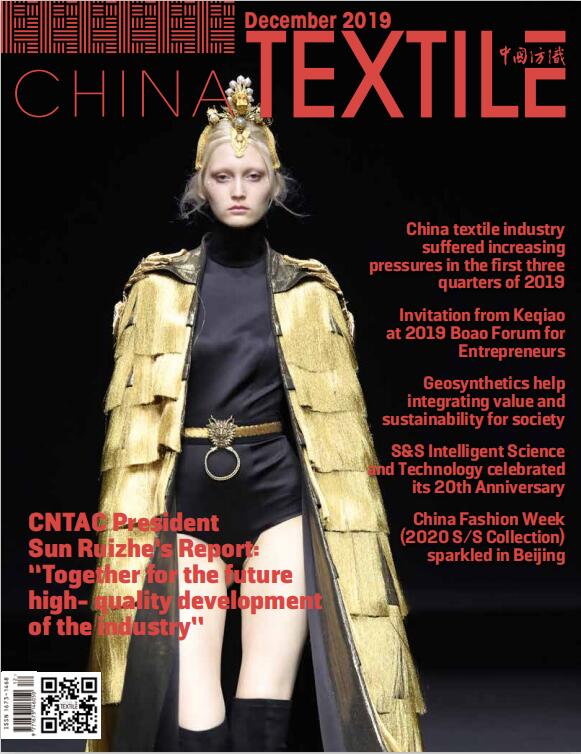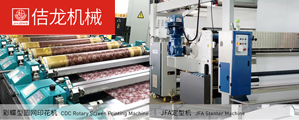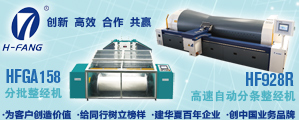How does China-US relations affect PTA prices?
Aug 18, 2020 | by Zhao xh

With the development of the COVID-19 pandemic in 2020, Sino-US relations have once again become tense. Especially after China and the United States closed each other’s consulates, the worries of Chinese investors rose again.
However, how much of the impact of terminal exports will be passed on to the PTA upstream of textiles and apparel? From the perspective of PTA’s own price changes, in fact the Sino-US trade friction has more of an emotional impact on the market. For example, after the “Xi - Trump meeting” at the end of June 2019, the contract price of PTA1909, which was already slightly weak at that time, was directly pushed from 5,900 yuan/ton to 6,600 yuan/ton in two or three trading days, and then it quickly fell back. Now, the changes in Sino-US relations have once again caused investors to express concerns about future export demand in the market.
But in fact, based on the game between the two sides of trade friction in the past two years, no one wants to change the textile and apparel market. The United States also set this as the last part of imposing tariffs as the last bargaining chip. Because textiles and garments are industries that really involve people’s livelihood, it is not a wise move to impose excessively high tariffs, which will make the people have to pay for it, which will affect people’s daily consumption. Therefore, Sino-US relations are not the biggest factor that really affects textile and apparel exports. What investors should really worry about is the pandemic in the United States and whether the U.S. apparel consumer market still needs a large amount of textile and apparel products from China under the influence.
From the perspective of supply, Luoyang Petrochemical’s 325,000-ton plant was shut down for maintenance on July 27, and Jiaxing Petrochemical has not restarted since it stopped on July 12. As of July 30, the weekly PTA operating rate was 83.75%, which remained at a high level. However, compared to the situation of oversupply of PTA, the above-mentioned equipment shutdown and maintenance have limited impact on the market. In addition, Shanghai Yadong Petrochemical is also inspecting the equipment in August, and plans to shut down for maintenance for about 3 days at the end of August. If the maintenance plan in August can be implemented normally, it is expected that the operating rate will be lowered. At that time, the inventory pressure of PTA will be relieved.
Of course, we also see that the Chinese economy is slowly recovering. The total operating income and total profit of state-owned enterprises achieved monthly year-on-year growth for the first time this year. According to data released by the Ministry of Finance on July 23, in June, the total operating income of state-owned enterprises increased by 7.1% year-on-year, and the total profit increased by 6.0% year-on-year. According to a survey of textile enterprises in Shandong, Hebei, Guangdong and other provinces, since July, some small and medium-sized enterprises have been operating in poor conditions. However, there are still some powerful and high-tech enterprises that are still accelerating their development. These enterprises have seized the market left behind after the exit of SMEs.








